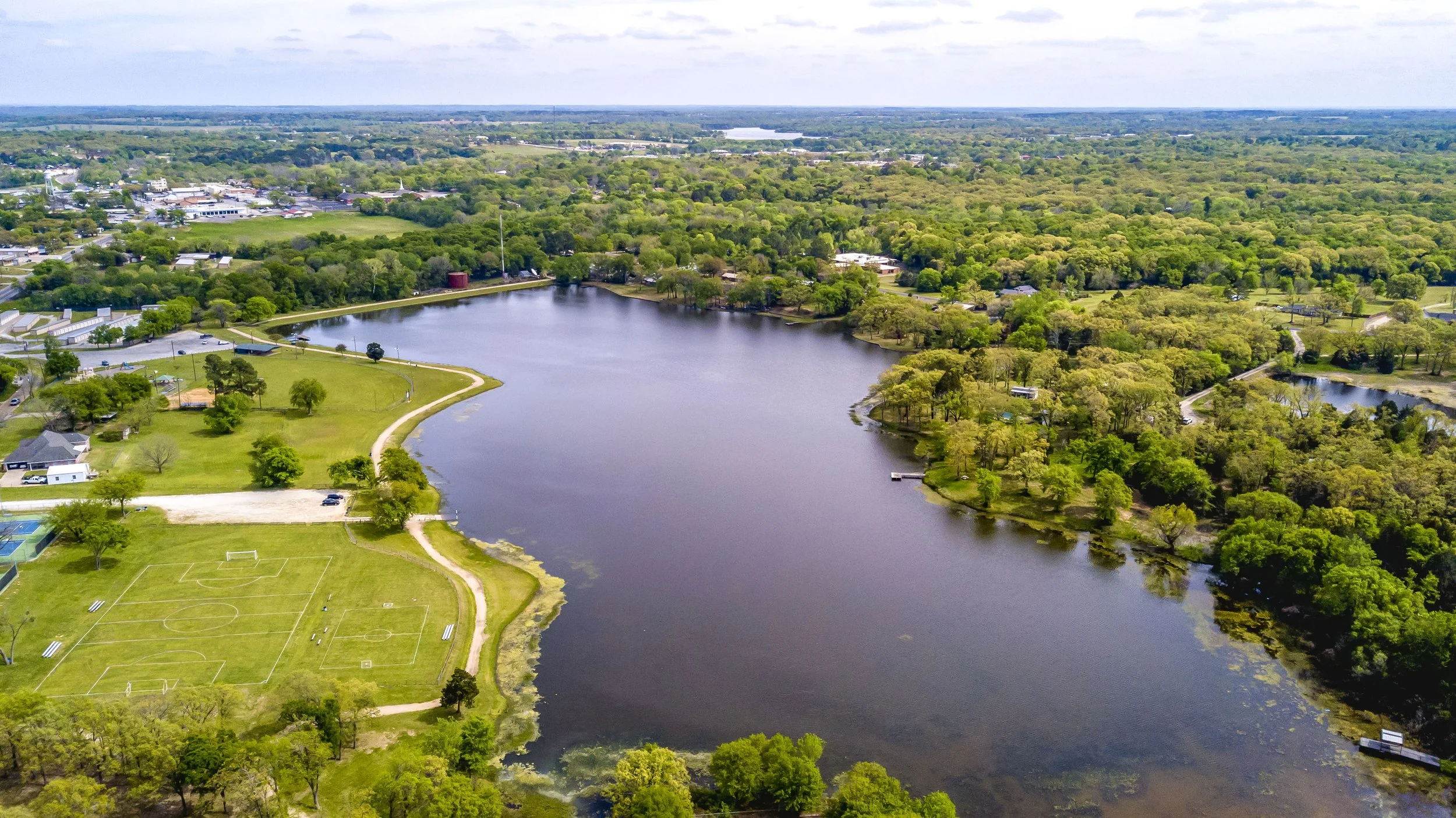
Planning Ahead for Canton’s Water Needs
In 2004, the City of Canton commissioned the development of a Comprehensive Plan to ensure that we were prepared for the anticipated growth of our community. This plan identified a critical need for increased water resources to support that growth.
To address this, the City engaged Burton Engineering to conduct a long-range water study. Several options were explored, each evaluated under a rigorous "fatal flaw" concept. The fatal flaw report identifies critical errors or deficiencies that would likely lead to the failure or cancellation of the project. The following outlines the primary options and their respective challenges:
1. Purchasing Potable and Non-Potable Water from Tyler:
We initially explored the possibility of purchasing water rights from Tyler. However, Tyler was unwilling to sell water rights to us; they were only interested in selling water for a fixed, extended period. At the end of this period, there was no guarantee of a contract extension, which presented a significant risk and was considered a fatal flaw of this option.
2. Raising or Dredging Mill Creek Lake:
Our next option was to assess the potential of raising the dam or dredging Mill Creek Lake to increase its capacity for water storage. An independent engineering firm conducted an evaluation and concluded that Mill Creek Lake was already at its maximum capacity, limited by the water shed’s ability to support further storage. This was determined to be a fatal flaw for this option.
3. Securing Water Rights from the Sabine River:
The third option involved securing water rights from the Sabine River. If the Sabine River Authority or the U.S. Army Corps of Engineers were to build the proposed Carl Estes Dam Site, we could potentially acquire water from that reservoir. This, along with other long-term water rights initiatives, was included as part of our strategic plan.
Following the direction of the Region D Water Board, we adopted a comprehensive water plan that included drilling new wells, which have been completed, applying for a water reuse permit which has recently been approved by TCEQ, and developing alternative strategies like designing and constructing a new reservoir. At that time, the Mayors and city councils of Edgewood, Wills Point and Grand Saline all adopted resolutions in full support of a reservoir. They, along with officials in Canton saw the need to establish a long term resource for the future.
When we first started pursuing the reservoir project, the Texas Commission on Environmental Quality (TCEQ) informed us that it would be a minimum 50-year endeavor. As we are now approximately 15 years into the process, we expect to continue working toward this goal for at least another 35+ years. Although there is much speculation on the population growth rate of our city, there is no doubt that we are growing and we must plan for that growth, whatever it may be. In 1997, The TWDB State Water Plan for Region D had projected the 2050 population of Terrell to be 25,430 and Forney to be 7,209, respectively. In just fifteen years, the growth of these cities resulted in the projection of the 2060 population to skyrocket to 110,000 for Forney and 42,803 for Terrell. This averages roughly as a 500% population increase. The City of Canton is already at its year 2050 projection of 4,800. The City staff and council alike would not be doing their duties if they were not focusing on the future of our city, especially with data trending towards explosive growth. If the permit is obtained, the City plans to acquire land for the reservoir as it becomes available, with the understanding that in 35-40 years, the community will need to reassess and determine the best course of action based on new circumstances. However, at this time, there is no plan to use eminent domain to obtain the land necessary for the reservoir. If the city is able to obtain water rights, the state approves the necessary permitting required, the Federal Government approves the permitting, and engineers determine the exact location of the dam and reservoir location, the City will use every effort to purchase all necessary land at fair market value.
A sustainable water plan cannot rely solely on groundwater, particularly in this region of Van Zandt County. Our strategy, much like that of many water providers across Texas, must also include surface water resources. As development expands into unincorporated areas of the county, the increased reliance on groundwater further stresses an already fragile portion of the aquifer. If the aquifer is over-pumped, we risk the depletion of the upper portions of the aquifer, in turn, draining the smaller, shallow wells currently in use. This would have severe consequences for both residential and agricultural interests in the area.
The proposed reservoir project is a critical step toward supporting the planned growth of the City of Canton and the surrounding area, while helping to mitigate the depletion of groundwater resources. This will ensure that future generations have access to a reliable, sustainable water supply, safeguarding our community’s needs for years to come.
Currently, if water rights are not obtained and we are not able to complete a surface resource, the next potentially viable step would be to purchase water from another, larger City. This may require the City to pay to pump raw water from Lake Palestine to another City’s treatment facility followed by paying to pump treated water to our storage facilities.. The cost of this approach, with its miles of pipelines and extensive right-of-way acquisition costs, would be an overwhelming financial burden.
Securing clean water to provide for the needs of its citizens is one of the most urgent challenges facing the residents of Van Zandt County in the future decades. The City is taking steps to meet that challenge.
